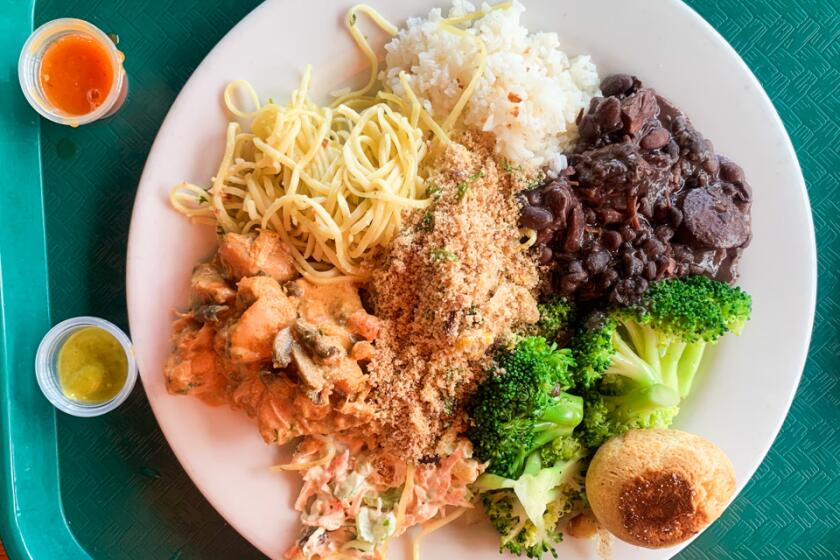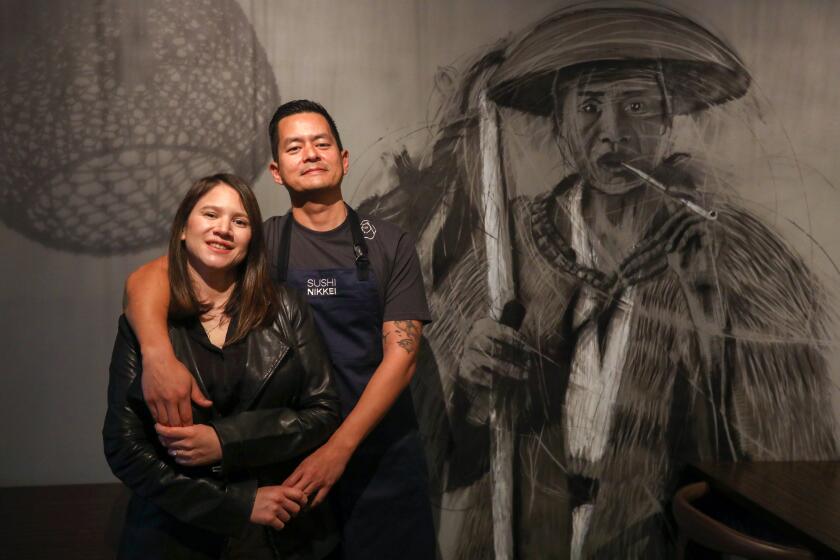Getting a Leg Up on Buying Antique Dining Room Tables
An antique dining room table is one of the most expensive pieces of furniture. A good shopper can often find an old table at a bargain price. But there are pitfalls to be avoided when choosing a table.
The table has evolved over the last 300 years as dining styles have changed. In the 17th century, the table was long and narrow, made to be used in a hall. Then came the gateleg, which could be used on a round or oval table sized for the special room meant for dining. The gateleg swung shut, and the table could be moved to the side of the room.
By the 18th century, the table was often three tables, a center rectangle and two drop-leaf tables that could be added to the center table. All the legs on the three tables created a seating problem, so designers created the center pedestal table.
When buying a table, decide how many people will use it and check the size of the table and room space. Be sure the table is not too wide for the room. The average rectangular table is 40 to 44 inches wide. There must be space to pull the chair away from the table to sit down. A chair is at least 24 inches wide.
Notice the position of the table legs. Be sure they will not make a seated guest uncomfortable. Check the number of inches from the floor to the bottom of the tabletop or apron. It must be high enough so you can sit in the chair without bumping your knees.
Look underneath the table to see if all of the leaves are original. Small tables are often made larger with added leaves. Prices are determined by the style, the type of wood and the age. An all-original table that seats more than eight is desirable. If it is large enough for 12 to 16, it sells for a very high price.
For Thanksgiving dinner, fill the table with guests, and be sure you own a tablecloth that is long enough to hang at least 12 inches over at each end. Cloths longer than 4 yards are hard to find.
*
Question I have heard of coffeepots and teapots, but what is a chocolate pot?
*
Answer Hot chocolate was introduced in liquid form to Western Europeans in the early 1500s. Once Europeans mixed the bitter drink with their favorite flavors and sweeteners, it became popular. Some even believed it could cure diseases. Chocolate pots made of silver or porcelain were made by the late 1600s. They look much like coffeepots, but the handle is at a right angle from the spout, not directly across from it. The finial at the top of a chocolate pot swivels or lifts up on a hinge to reveal a small hole for a mixing device called a molinillo (similar to a swizzle stick).
*
Q My mother has a Sleepy Eye Milling Co. cookbook. It is shaped like a loaf of bread. There is a picture of an Indian wearing a headband with a few feathers. The cookbook belonged to a relative.
*
A The Sleepy Eye Milling Co. of Sleepy Eye, Minn., used a picture of an Indian in its advertising from 1883 to 1921. The company promoted its flour with many advertising pieces, including cookbooks, calendars, thermometers, postcards, ad cards, pillow covers, fans, letter openers, paperweights, bread scrapers and pieces of pottery. Your cookbook is popular with collectors and sells for over $100.
*
Q What can you tell me about the Indian Tree pattern of china? I have collected a few pieces. They are marked with the names of different English potteries.
*
A The Indian Tree pattern has been made by more than 100 different china manufacturers in about a dozen countries, including the United States. The design, a gnarled tree branch surrounded by peonies, originated in China. It was used on Chinese Export wares during the early 1700s. The pattern was probably introduced in England in the late 1790s by Caughley Works or by Coalport, which is now a part of the Wedgwood Group. Indian tree pattern dishes are still being made.
*
Q I have a glass butter churn embossed with the words “1 qt.” and “Dazey Churn & Mfg. Co., St. Louis, U.S.A.” It is 11 1/2 inches tall. It has a round screw top with cast-iron gears mounted on top. A metal and wood handle turns the gears that turn the paddles inside the churn. When was my churn made?
*
A Glass butter churns were first made around the turn of the century, when glass jars were first made by machine. Your churn probably was made in the 1930s. The Dazey Churn & Manufacturing Co., later named Dazey Corp., became a subsidiary of Landers, Frary and Clark in 1945. Dazey’s products have included churns, fruit juicers, ice crushers, knife sharpeners and can openers.
For a listing of helpful books and publications, include a self-addressed, stamped (55 cents) envelope to Kovels, Los Angeles Times, King Features Syndicate, 235 E. 45th St., New York, NY 10017.
Current Prices
Current prices are recorded from antiques shows, flea markets, sales and auctions throughout the United States. Prices vary because of local economic conditions.
* Can label, Every Day Evaporated Milk, Nestles Food Co.: $8.
* Sheet music, “Be a Clown” from the movie “The Pirate,” Judy Garland on cover, 1948: $30.
* Orphan Annie decoder ring, secret compartment, 1936: $35.
* Goebel salt and pepper shaker, turkey on nest: $55.
* Sterling silver flatware carving set, Portsmouth pattern by Gorham: $145.
* Pressed-glass champagne glass, Horn of Plenty pattern: $190.
* Madame Alexander Amy doll, hard plastic head, black sleep eyes, blond, seven-piece walker body, 1957, 8 inches: $655.
* Cranberry glass cracker jar, silver-plated cover with bear finial, circa 1890, 10 inches: $690.
* French provincial cherrywood buffet, two drawers above two cupboard doors, shaped apron, molded feet, circa 1790, 41 by 50 by 23 inches: $1,875.
More to Read
Eat your way across L.A.
Get our weekly Tasting Notes newsletter for reviews, news and more.
You may occasionally receive promotional content from the Los Angeles Times.






